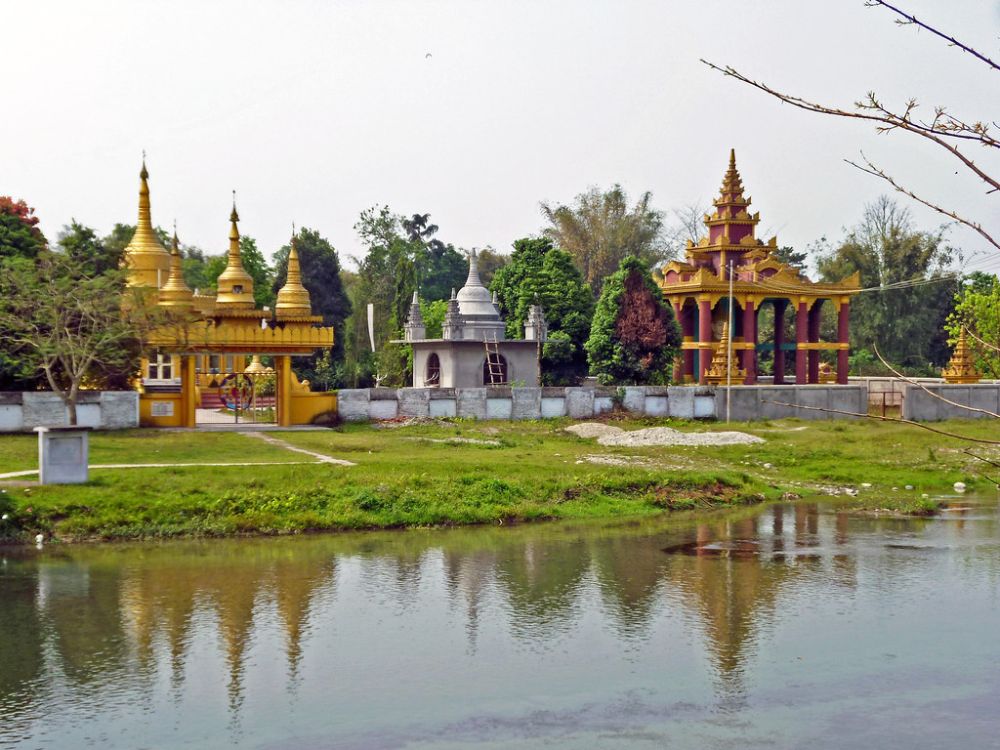

The northeastern state of Arunachal Pradesh in India is home to myriad cultures and serene landscapes, and among its treasures is the beautiful Chongkham Monastery. Situated in the Namsai district, this Buddhist monastery is not just a place of worship but also a significant center for learning and spiritual pursuits. The history of tourism surrounding Chongkham Monastery is as fascinating as the region itself.
Chongkham Monastery, also known as the Golden Pagoda, is a comparatively recent addition to the region's spiritual landscape, contributing to its burgeoning tourism appeal. The monastery was inaugurated in 2010, which makes it a modern monument with traditional ethos. Since its establishment, it has played a vital role in preserving the culture and religion of the local Tai Khamti people.
The tourism history in Chongkham Monastery has been a gradual process. With the growing interest in Buddhist tourism and the exploration of offbeat locations in India, Chongkham Monastery started gaining prominence. Initially, it was the local populace and a handful of intrepid travelers who visited the place. However, over the years, thanks to word of mouth and the promotion of Arunachal Pradesh as a tourist destination, more visitors started flocking to this tranquil abode.
Government initiatives, such as the 'Paryatan Parv' (Tourism Festival) and the development of better infrastructure, have also boosted tourism in the region. The monastery is part of the circuit under the Buddhist Circuit Project endorsed by the Ministry of Tourism in India, which aims to promote places of Buddhist interest.
In recent years, there has been a significant transformation in the tourism trends surrounding the Chongkham Monastery. The focus has shifted towards sustainable tourism, with an emphasis on conserving the natural and cultural heritage of the area. Tourists are increasingly more conscious of their impact on the environment and are seeking authentic experiences that allow for a deeper understanding of the local traditions and spirituality.
Venture tourism has also gained popularity, with Chongkham doubling as a starting point for treks and nature walks in the surrounding hills and forests. The annual Sangken Festival, which marks the Buddhist New Year, has become a major draw for tourists seeking to experience local customs and the hospitality of the Tai Khamti people.
Best Time to Visit: October to April, when the weather is pleasant and conducive for exploration. The Sangken Festival, usually celebrated in April, is a particularly joyous time to visit.
How to Reach: The nearest airport is in Dibrugarh, Assam. From there, tourists can hire a taxi to Namsai. Chongkham Monastery is well-connected by road and can be reached via bus or car from nearby towns.
Visitors should bear in mind that Arunachal Pradesh requires an Inner Line Permit for Indian nationals and a Protected Area Permit for foreigners.
The Chongkham Monastery continues to shine as a beacon of peace and a testament to the region's strong ties to Buddhist heritage, increasingly becoming a part of the discerning traveler's itinerary when exploring the rich cultural tapestry of India's northeast.